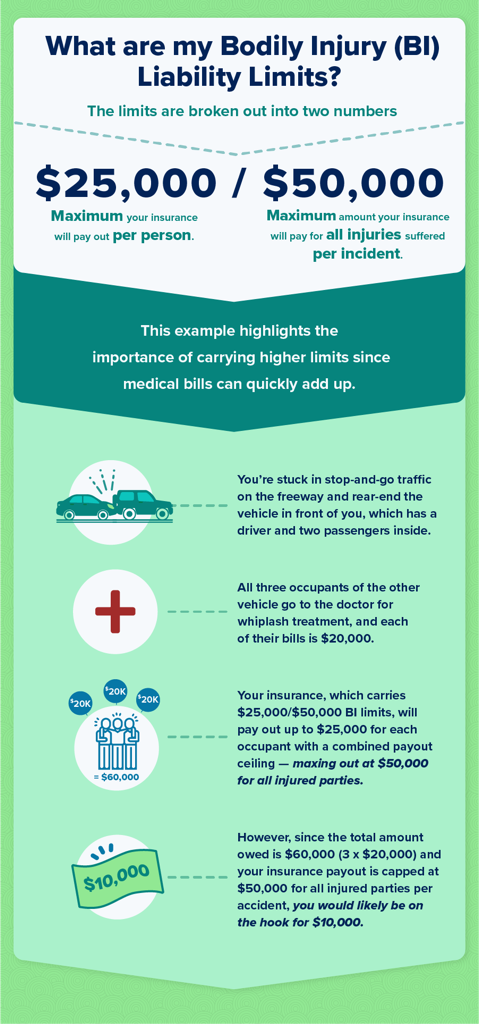While 137 companies offered policies in 2001, an actuarial firm reported that only 17 carriers sold standard long-lasting care policies in 2016.
Long-lasting care insurance coverage (LTC or LTCI) is an insurance coverage product, offered in the United States, UK and Canada that helps pay for the costs connected with long-lasting care. Long-lasting care insurance coverage covers care normally not covered by medical insurance, Medicare, or Medicaid. Individuals who need long-lasting care are normally not ill in the traditional sense however are not able to perform two of the six activities of day-to-day living (ADLs) such as dressing, bathing, consuming, toileting, continence, moving (getting in and out of a bed or chair), and strolling. Age is not a determining element in needing long-term care. About 70 percent of individuals over 65 will need a minimum of some type of long-term care services throughout their lifetime.

Once a change of health happens, long-term care insurance may not be readily available. Early start (prior to 65) Alzheimer's and Parkinson's disease happen hardly ever. Long-term care is a concern due to the fact that individuals are living longer. As people age, lot of times they require aid with daily activities of day-to-day living or require guidance due to extreme cognitive disability. That effects females even more since they often live longer than men and, by default, become caregivers to others (How much is motorcycle insurance). Long-lasting care insurance coverage can cover house care, assisted living, adult daycare, respite care, hospice care, nursing house, Alzheimer's facilities, and home adjustment to accommodate disabilities. If home care protection is bought, long-lasting care insurance coverage can pay for house care, frequently from the very first day it is required.
Many specialists recommend shopping between the ages of 45 and 55 as part of an overall retirement strategy to protect assets from the high expenses and concerns of prolonged health care. Other advantages of long-term care insurance: Lots of people may feel uneasy counting on their kids or household members for assistance, and find that long-term care insurance might help cover out-of-pocket expenses. Without long-lasting care insurance coverage, the cost of offering these services may rapidly diminish the cost savings of the individual and/or their household. The costs of long-lasting care differ by area. The U.S. federal government has an interactive map to approximate the costs by state.
The amount of the reduction depends upon the age of the covered person. Advantages paid from a long-term care agreement are typically left out from income. Some states also have reductions or credits and earnings are always tax-free. Organization reductions of https://thestuffofsuccess.com/2016/08/03/did-you-know-there-is-a-resale-market-for-timeshares/ premiums are determined by the kind of organization. Usually corporations paying premiums for a staff member are 100% deductible if not included in staff member's taxable earnings. In the United States, Medicaid will offer long-lasting care services for the bad or those who spend-down assets due to the fact that of care and exhaust their https://shabbychicboho.com/a-travelers-guide-to-the-best-timeshare-companies/ possessions. In many states, you should spend down to Get Out Of Timeshare Lawyer $2000. If there is a living spouse/partner they may keep an extra quantity.